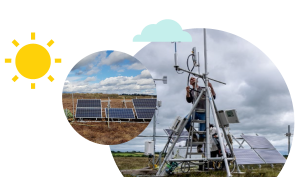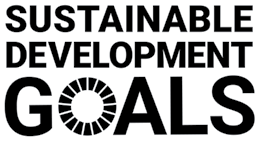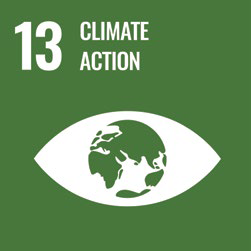Abating emissions using peatlands and forests
Dr. Matthew Saunders & Prof. Fraser Mitchell
 Peatlands cover 20% of Ireland’s land area and account for between 50-75% of the total Soil Organic Carbon stock. However, degradation through drainage for peat extraction, agriculture and forestry, has turned peatlands from a carbon sink to a net contributor of carbon and greenhouse gases. A better understanding of peatlands and their carbon dynamics is essential for sustainable rehabilitation and management that will enhance the contribution that peatlands can make to society. Dr. Matthew Saunders leads a large inter-institutional project (www.smartbog.ie) funded by the EPA, that aims to understand how degradation and rehabilitation change the capacity of raised bog ecosystems to assimilate and store carbon.
Peatlands cover 20% of Ireland’s land area and account for between 50-75% of the total Soil Organic Carbon stock. However, degradation through drainage for peat extraction, agriculture and forestry, has turned peatlands from a carbon sink to a net contributor of carbon and greenhouse gases. A better understanding of peatlands and their carbon dynamics is essential for sustainable rehabilitation and management that will enhance the contribution that peatlands can make to society. Dr. Matthew Saunders leads a large inter-institutional project (www.smartbog.ie) funded by the EPA, that aims to understand how degradation and rehabilitation change the capacity of raised bog ecosystems to assimilate and store carbon.
“A better understanding of peatlands and their carbon
dynamics is essential for sustainable rehabilitationand management that will enhance the contribution
that peatlands can make to society.”
By using high resolution images from satellites, developing long-term observational platforms and using remote internet-of-things based-sensors combined with machine learning techniques, this project enables cost-effective monitoring of the condition and function of raised bogs in Ireland and will contribute to Ireland’s ability to quantify their long-term carbon and greenhouse gas dynamics. Forest establishment and maintenance can sequester and store carbon in both the trees and the soils and can be used to offset carbon footprints. The current grant aid packages in Ireland are particularly attractive for the establishment of native forests and this option enables several other benefits to be gained from the ecological goods and services provided by native forests. Using decades of research in native woodlands, Prof. Fraser Mitchell has worked on the establishment of a 100ha site of native woodland, specifically aimed at providing renewable capital for a new cryptocurrency. The additional benefits in terms of carbon offset, biodiversity enhancement, run-off water amelioration and amenity and currently being researched and quantified in terms of their scientific and commercial value.



